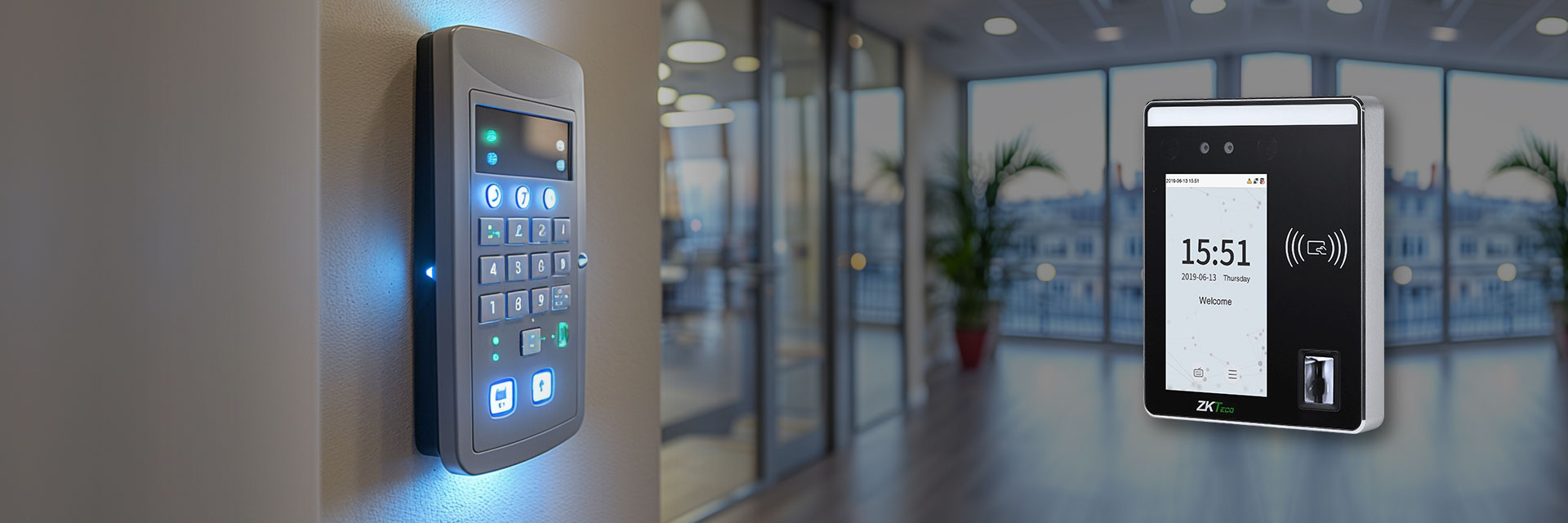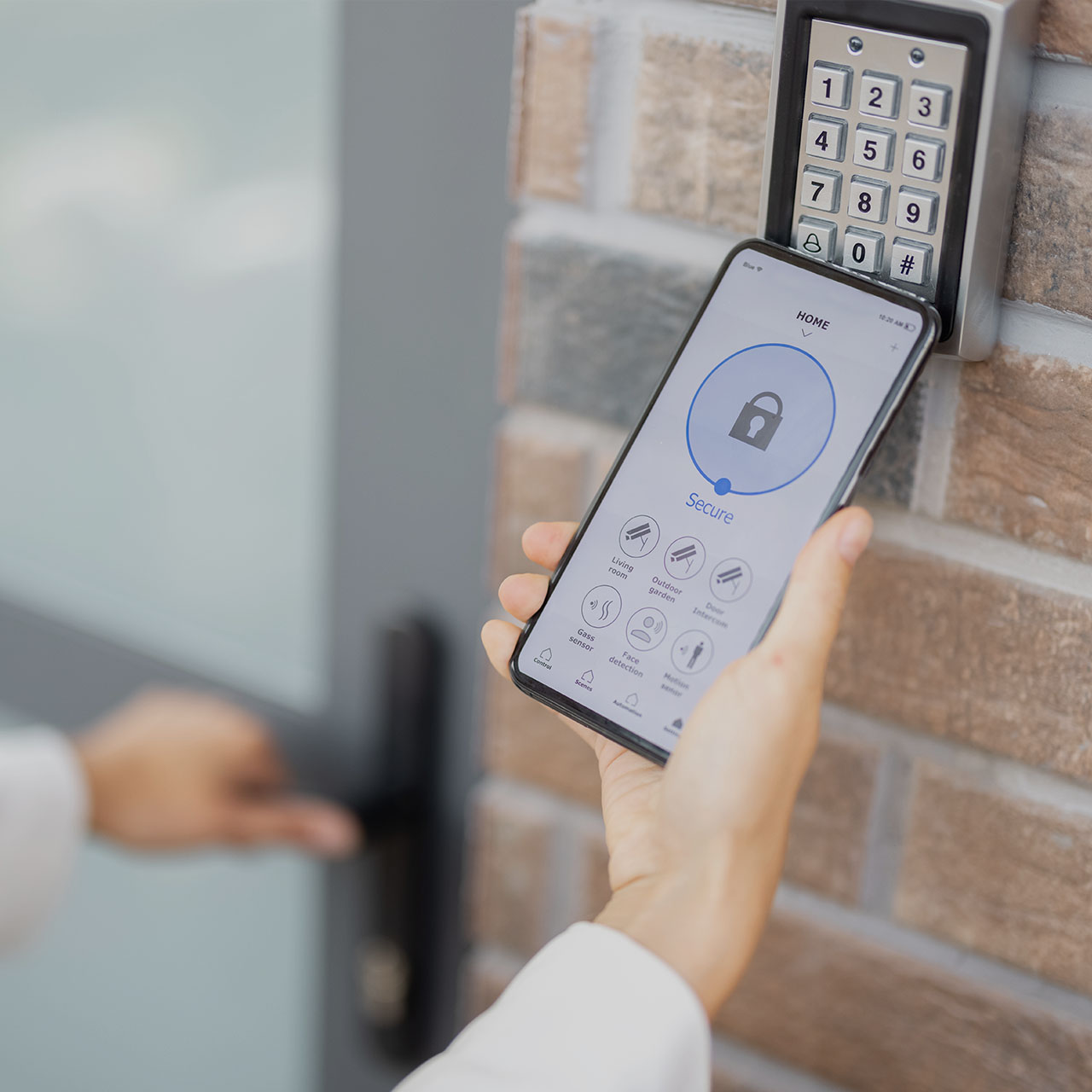Security & Home Automation System
Access Control system and attendance system
Access Control System
- Function: An access control system regulates who can access specific areas within a building or facility.
- Components: It typically involves readers (keypads, card readers, biometric scanners), a control panel, and software for managing user access permissions.
Benefits
- Enhanced security: Restricts access to authorized personnel, minimizing theft and unauthorized entry.
- Improved accountability: Tracks who enters and exits specific areas at what time.
- Streamlined access management: Allows for easy granting, revoking, and modifying user access permissions.
- Integration with other systems: Can integrate with security alarms, video surveillance, and fire safety systems for a comprehensive security solution.
Use Cases
- Offices: Control access to sensitive areas like server rooms, labs, or executive offices.
- Manufacturing facilities: Restrict access to production zones or areas with hazardous materials.
- Schools and universities: Secure restricted areas like dorms, labs, or athletic facilities.
- Apartment buildings: Control access to common areas like lobbies, elevators, or parking garages.
- Data centers: Ensure only authorized personnel can access critical IT infrastructure.
Attendance System
- Function: An attendance system tracks employee work hours and timeliness.
- Components: Can involve biometric readers (fingerprint, facial recognition), swipe card readers, time clocks, or mobile apps.
Benefits
- Improved time management: Provides accurate data on employee work hours and breaks.
- Reduced payroll errors: Ensures payroll calculations are based on actual attendance.
- Streamlined recordkeeping: Simplifies employee timekeeping data storage and retrieval.
- Potential for workforce optimization: Data can be used to analyze work patterns and optimize scheduling.
Use Cases
- Offices: Track employee hours for accurate payroll calculations and monitor compliance with work schedules.
- Factories and warehouses: Monitor employee attendance for production planning and scheduling purposes.
- Retail stores: Track employee hours for payroll and scheduling, particularly for hourly employees.
- Construction sites: Monitor worker attendance for project management and payroll purposes.
- Hospitals and healthcare facilities: Track staff hours for scheduling and ensuring adequate staffing levels.
In Conclusion
- Access control systems focus on securing specific areas and managing who can enter and exit them.
- Attendance systems concentrate on monitoring employee work hours for payroll and workforce management purposes.
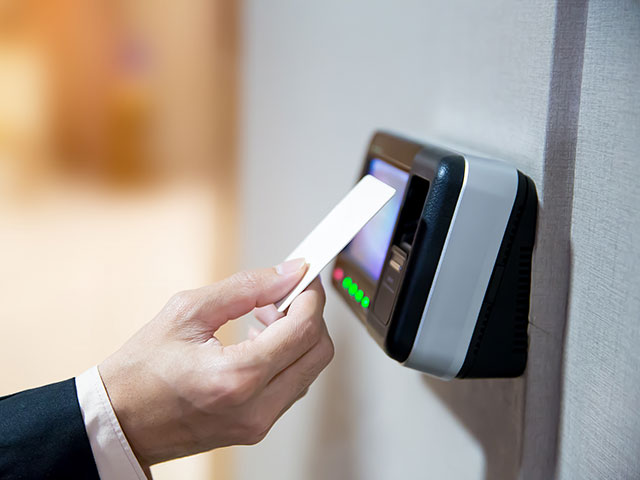
Card Access Control System
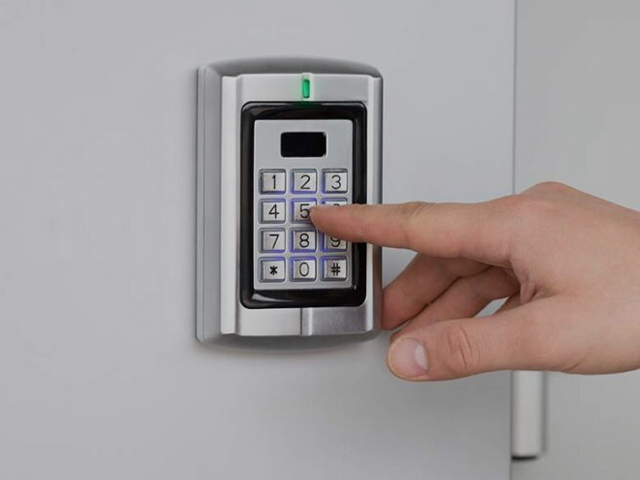
Pin Access Control System
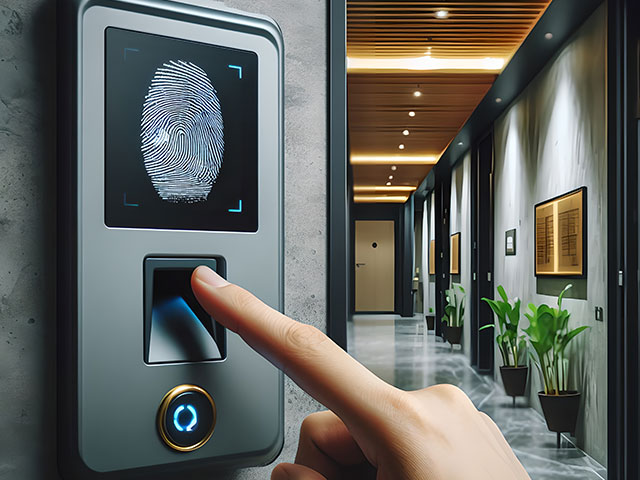
Biometric Access Control System
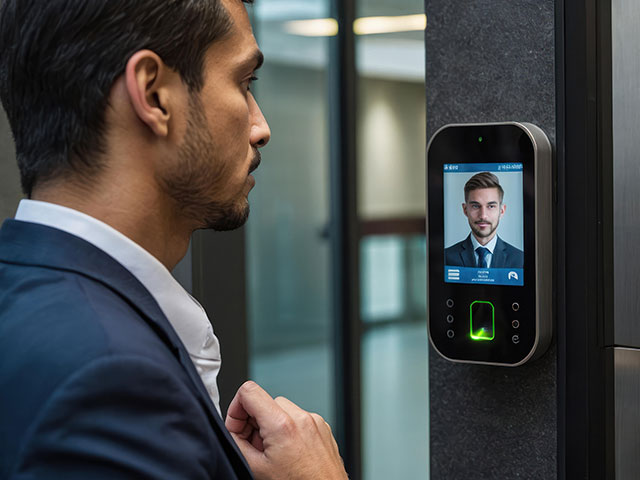
Facial Access Control System
Request a Quote
We will be happy to answer your questions.
